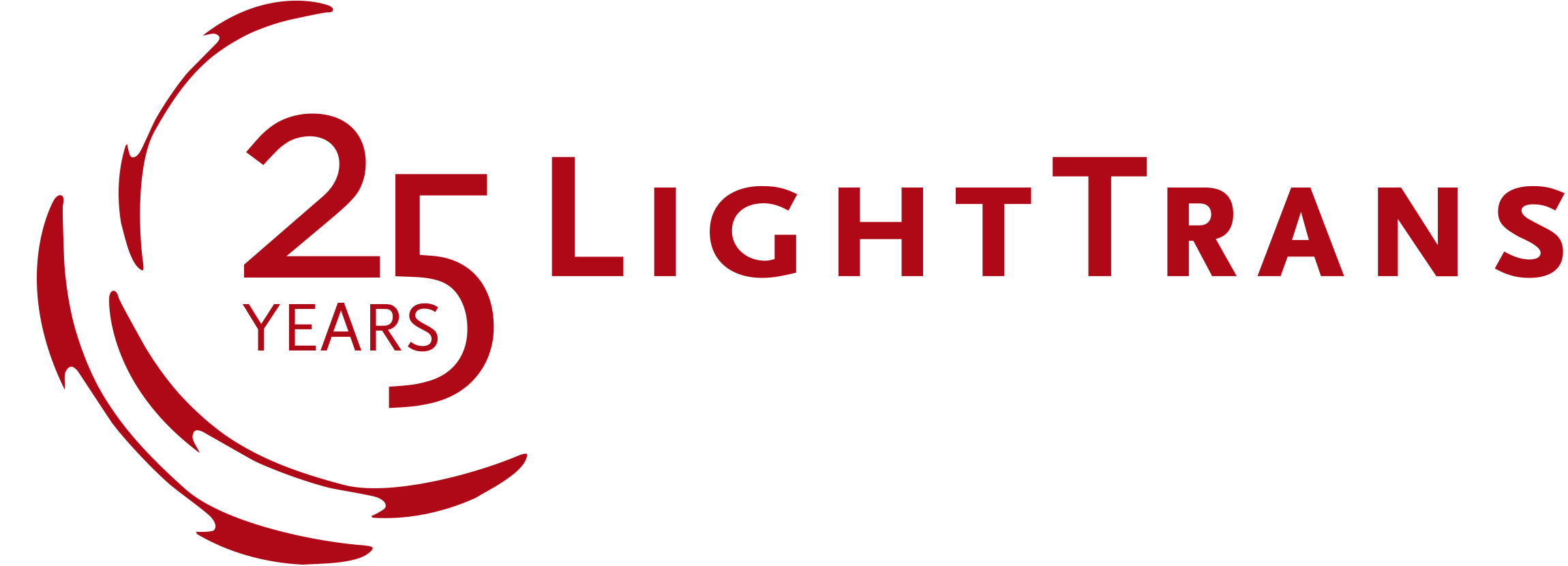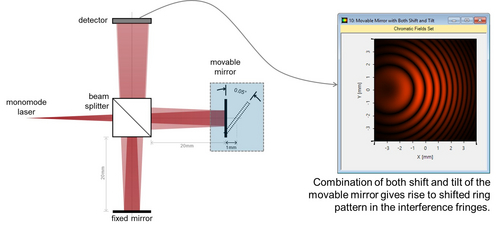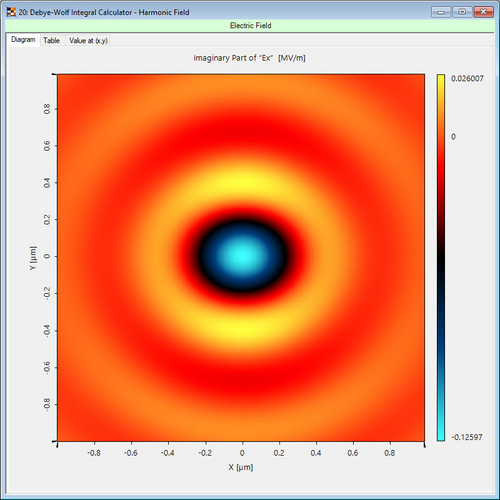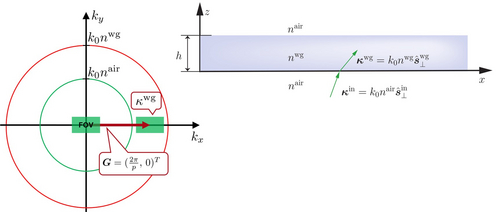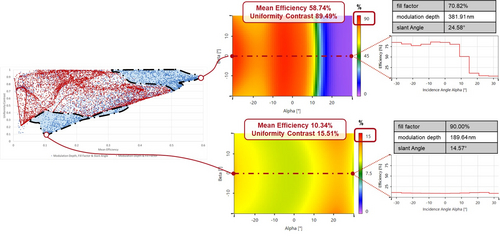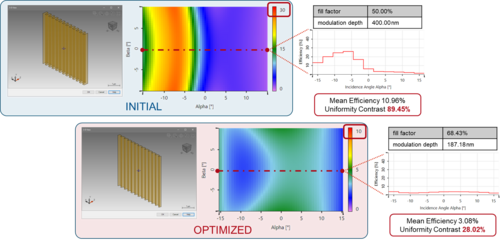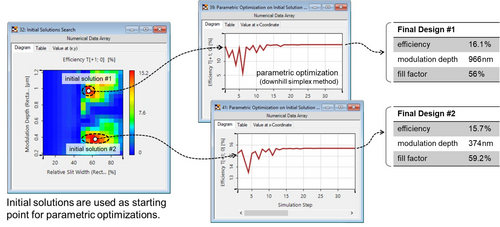What’s new in our Optical Modeling and Design Software?
Interference Fringe Investigation
Interferometry is one of the most widely applied technologies for precise measurement. By observing and investigating the fringe pattern, it is possible to judge the surface profile quality or gauge information about the spectral bandwidth. With the non-sequential field tracing technology in VirtualLab Fusion, optical interferometers can be set up and analyzed easily. Here we present two examples based on the classical Michelson interferometer: one with a coherent high-quality laser light source, and the other with a broadband white light source.
Read moreRelease: VirtualLab Fusion 7.5.0.158
We are pleased to announce the release of VirtualLab Fusion (Build 7.5.0.158)!
In order to be able to use this update, the update service must include the 1st quarter of 2019.
Using C# Modules for Customized Calculation
C# modules in VirtualLab Fusion give total freedom to the user for different calculation purposes. They can be implemented fast for relatively simple tasks based on given formulas while, at the same time, the C# module retains the capacity to interact with typical documents inside VirtualLab Fusion. For example, we demonstrate how to realize the grating period calculation (based on a given formula) for lightguide coupling in a C# module, as well as the computation of the deviation between two fields inside VirtualLab Fusion.
Read moreGrating Optimization for Desired FOV
Slanted gratings play an important role in modern waveguide-based near-eye display devices for AR/MR applications. In VirtualLab Fusion, the performance of slanted gratings can be rigorously analyzed with the Fourier modal method (FMM, also known as RCWA). And, in combination with the evolutionary algorithm from optiSLang, we show how to optimize the parameters of a slanted grating structure for user-specified targets, e.g. good uniformity over the desired FOV or high coupling efficiencies on average.<u class="msoIns"> </u>
Read moreGrating Optimization over Desired FOV
Diffractive gratings are often used to couple light into lightguides, and that forms the basis of the near-eye display devices for AR/MR applications. For vision purposes, the diffraction efficiency of the coupling grating must be optimized over a certain field of view (FOV). That is a challenging task. Using the rigorous Fourier modal method (FMM, also known as RCWA) in VirtualLab Fusion, and the evolutionary algorithm from optiSLang, an optimized grating structure that delivers good uniformity over the desired FOV can be obtained.
Read moreOptimization of Coupling Gratings
Gratings are often used for coupling light out of or into lightguides. How to optimize the coupling efficiency is always an important issue in such cases. The coupling gratings usually have feature sizes comparable with the wavelength and therefore require a rigorous modeling technique. VirtualLab Fusion provides convenient tools for the configuration of the grating structures, the rigorous Fourier modal method (FMM) for grating analysis, and also the parametric optimization method. With the combination of these technologies, a practical workflow for coupling grating optimization is presented.
Read moreReal digital – How LightTrans masters challenges of AR
A few weeks ago LightTrans had the pleasure of being interviewed by SCHOTT. The technology magazine focused this time on the theme "Real digital"; LightTrans seems therefore a very fitting interviewee choice – not only because of our software, but also because of a long-lasting collaboration and the physical proximity between the two companies.
Read more